
|
|
|
| synonym |
|
| description |
Males have elongated wings that greatly extend past the abdomen. Males are partially pale orange, with dark, infuscated claws. The entire pronotum (except for the outer margins), the scutellum, and two spots on the head and some blotches around these spots are blackish-brown to black. The wings have a broad, outwardly-curved black band that extends from the base to apex of each wing, along the clavus and commissure; the band is largely unbroken. Females have extremely short, rounded wings with more than two abdominal segments exposed. Females are light brown, mottled with brown on the head, lateral margins of the pronotum, and commissure (inner margins of the wings) and clavi; there is a brown dash near the apex of the wings. There are two bold black spots on the head. Adult males are 5.6 mm, females are 5.3 mm. (Hamilton, 1983) |
| distribution |
Endemic to Roan Mountain, North Carolina |
| abundance |
Endemic to Roan Mountain, NC, where it could be locally common. |
| seasonal_occurrence | |
| habitat |
Montane grassy, brushy areas |
| plant associates |
Has been found associated with Appalachian White Snakeroot (Ageratina altissima var. roanensis) |
| behavior |
During courtship, males of this species have been observed audibly clicking their wings and then dancing from side to side; the clicking created a cacophony in areas where many males were present (S. Hendrix). |
| comments |
This species is one of several Evacanthus found in North Carolina that have a similar color pattern: bellaustralis, chlamidatus, and ustanucha. See each species' respective page for how to identify each species. All three species have identical genitalia; however, they are not variants of a single species since long series collected in different localities reveal little variation in the characters. |
status |
[Native:]
[Introduced:]
[Extirpated:] | | list_type |
[Official:]
[Provisional:] |
| adult_id | Unmistakable and widely known Identifiable from good quality photos of unworn specimens
Identifiable from photos showing undersides, or other specialized views [e.g., legs, face]
Identifiable only by close inspection of structural features or by DNA analysis NULL |
| nymph_id | Unmistakable and widely known Identifiable from good quality photos, especially where associated with known host plants
Identifiable from close inspection of specimens or by DNA analysis
Identifiable only through rearing to adulthood NULL |
| G_rank |
GNR [G1G2] |
| S_rank |
[S1S2] |
| rank_comments |
e - Only known from Roan Mountain; possibly associated with high elevation bald habitats |
| tribe |
Evacanthini |
| subgenus |
|
Species Photo Gallery for Evacanthus chlamidatus No Common Name |
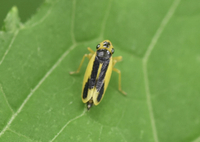 | Photo by: Cade Campbell
Mitchell Co.
Comment: Each individual found was poised on the leaves of A. altissima var. roanensis, either fleeing slowly to the underside of the leaf or leaping into the surrounding plants when disturbed or photographed. | 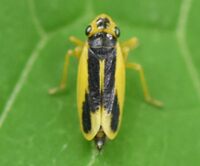 | Photo by: Cade Campbell
Mitchell Co.
Comment: Each individual found was poised on the leaves of A. altissima var. roanensis, either fleeing slowly to the underside of the leaf or leaping into the surrounding plants when disturbed or photographed. |
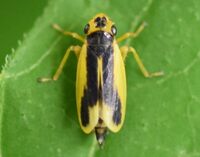 | Photo by: Cade Campbell
Mitchell Co.
Comment: Each individual found was poised on the leaves of A. altissima var. roanensis, either fleeing slowly to the underside of the leaf or leaping into the surrounding plants when disturbed or photographed. | 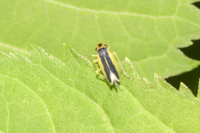 | Photo by: Tom Feild
Mitchell Co.
Comment: |
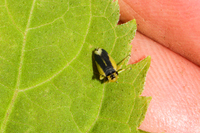 | Photo by: Tom Feild
Mitchell Co.
Comment: | 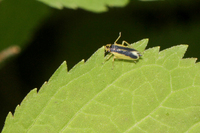 | Photo by: Tom Feild
Mitchell Co.
Comment: |
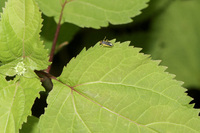 | Photo by: Tom Feild
Mitchell Co.
Comment: | 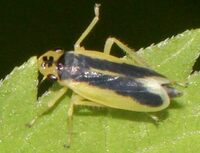 | Photo by: Tom Feild
Mitchell Co.
Comment: |
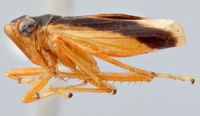 | Photo by: L.A. Kelton
Mitchell Co.
Comment: This is the holotyperncoll. L.A. Kelton on August 13, 1957rnphoto from the Canadian National Collection | 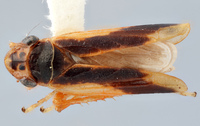 | Photo by: L.A. Kelton
Mitchell Co.
Comment: This is the holotyperncoll. L.A. Kelton on August 13, 1957rnphoto from the Canadian National Collection |
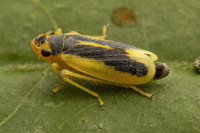 | Photo by: Solomon Hendrix
Mitchell Co.
Comment: male courtship observed—males would audibly click their wings and dance from side to side. clicking created a cacophony in areas where many males were present. | 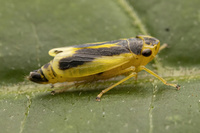 | Photo by: Solomon Hendrix
Mitchell Co.
Comment: male courtship observed—males would audibly click their wings and dance from side to side. clicking created a cacophony in areas where many males were present. |
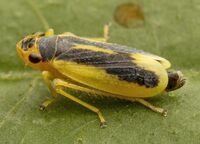 | Photo by: Solomon Hendrix
Mitchell Co.
Comment: male courtship observed—males would audibly click their wings and dance from side to side. clicking created a cacophony in areas where many males were present. | 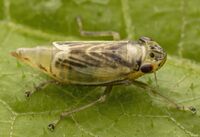 | Photo by: Solomon Hendrix
Mitchell Co.
Comment: male courtship observed—males would audibly click their wings and dance from side to side. clicking created a cacophony in areas where many males were present. |
|

 »
»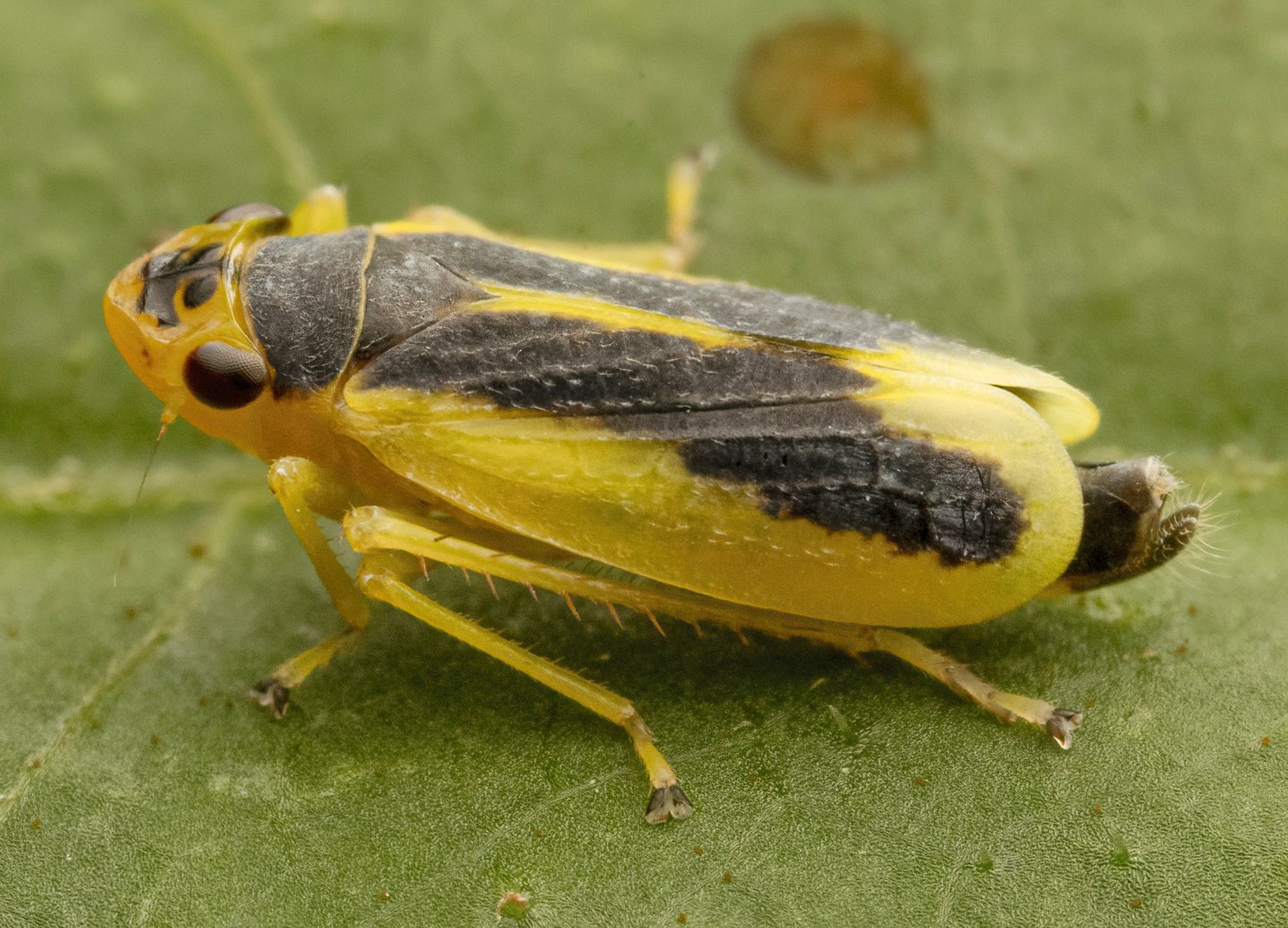
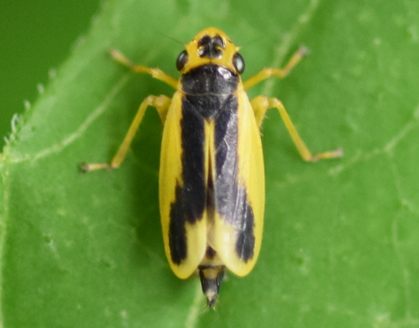
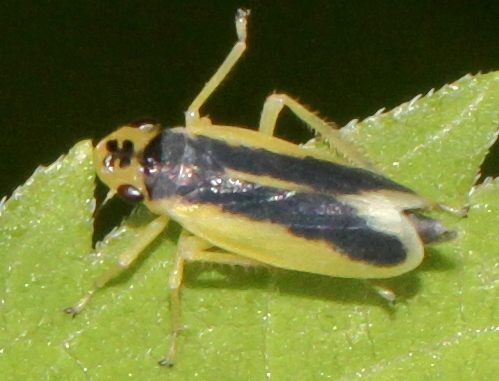
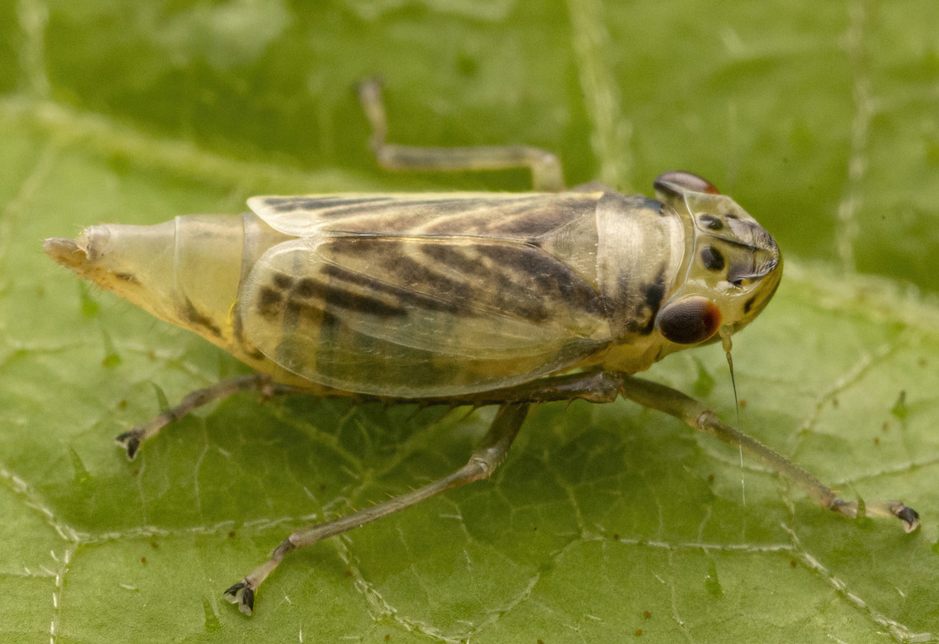

 »
»


